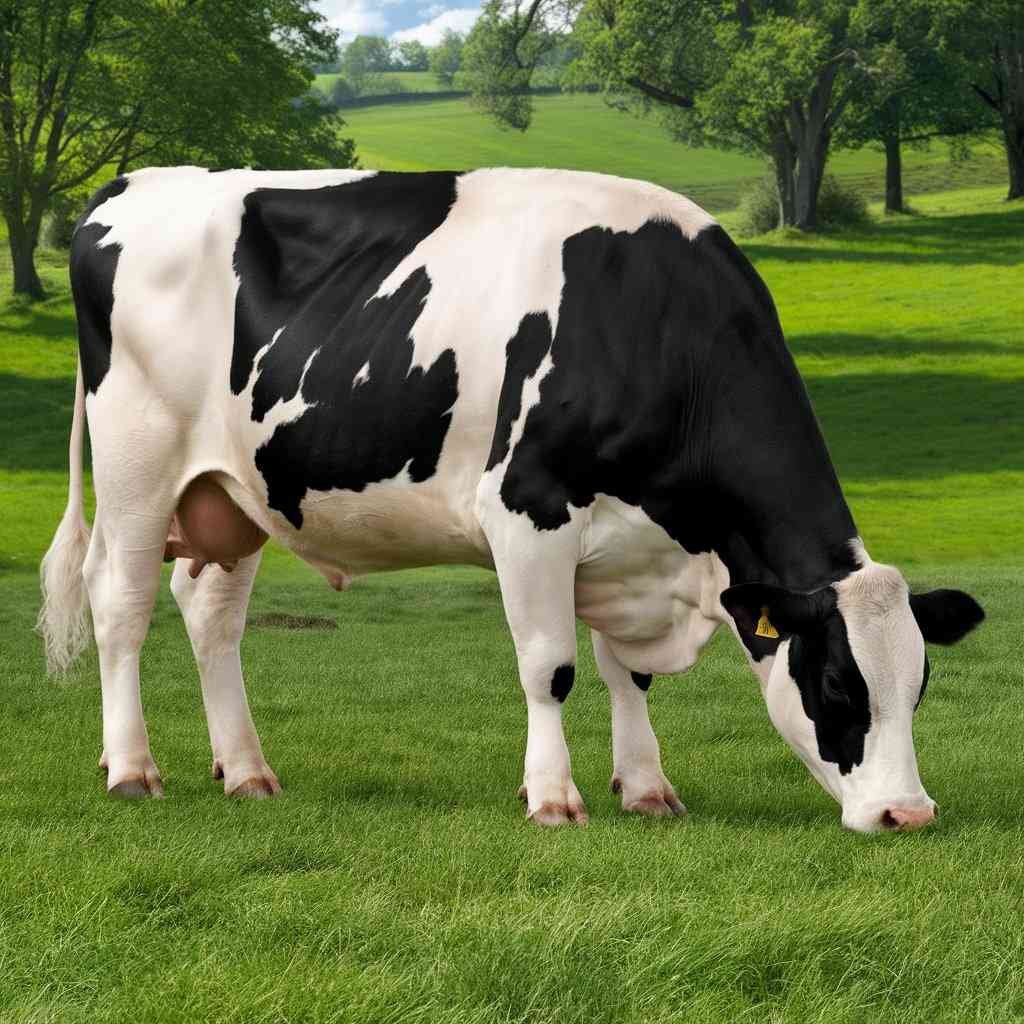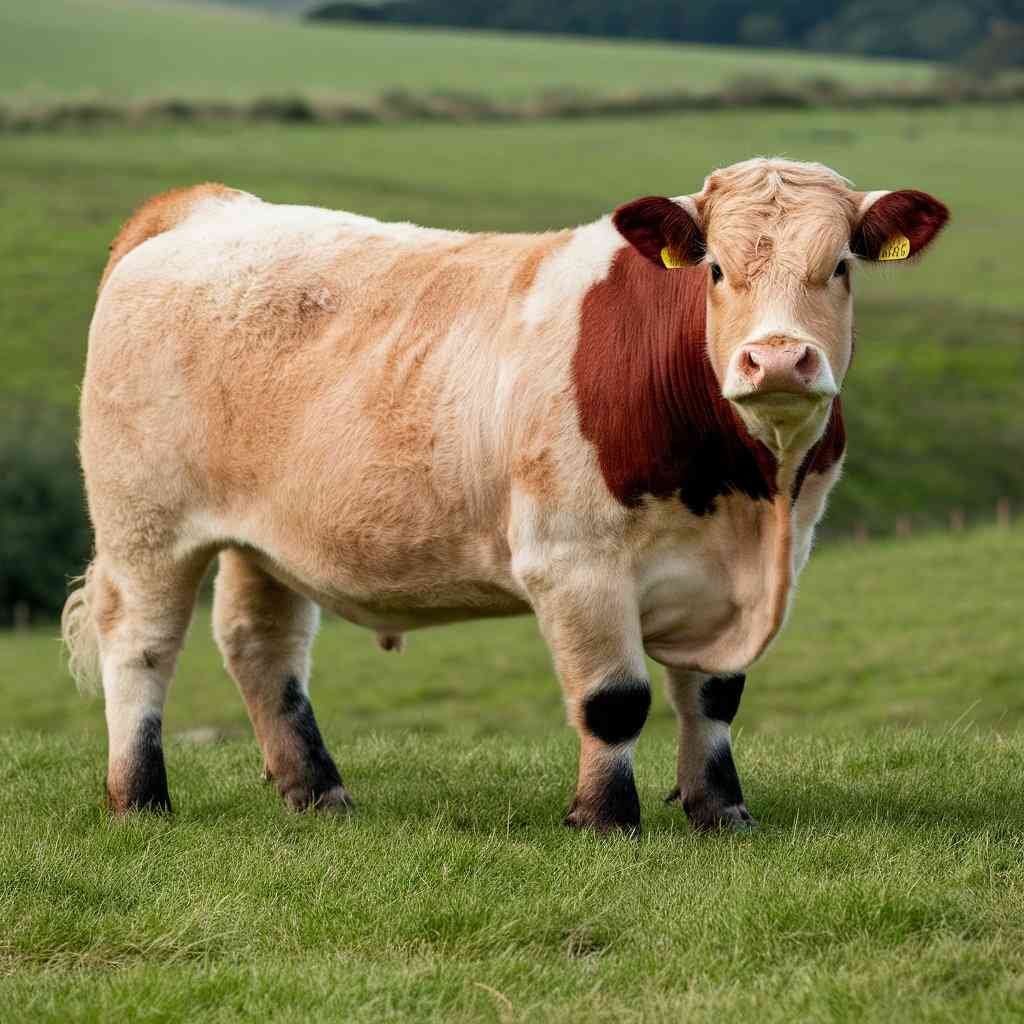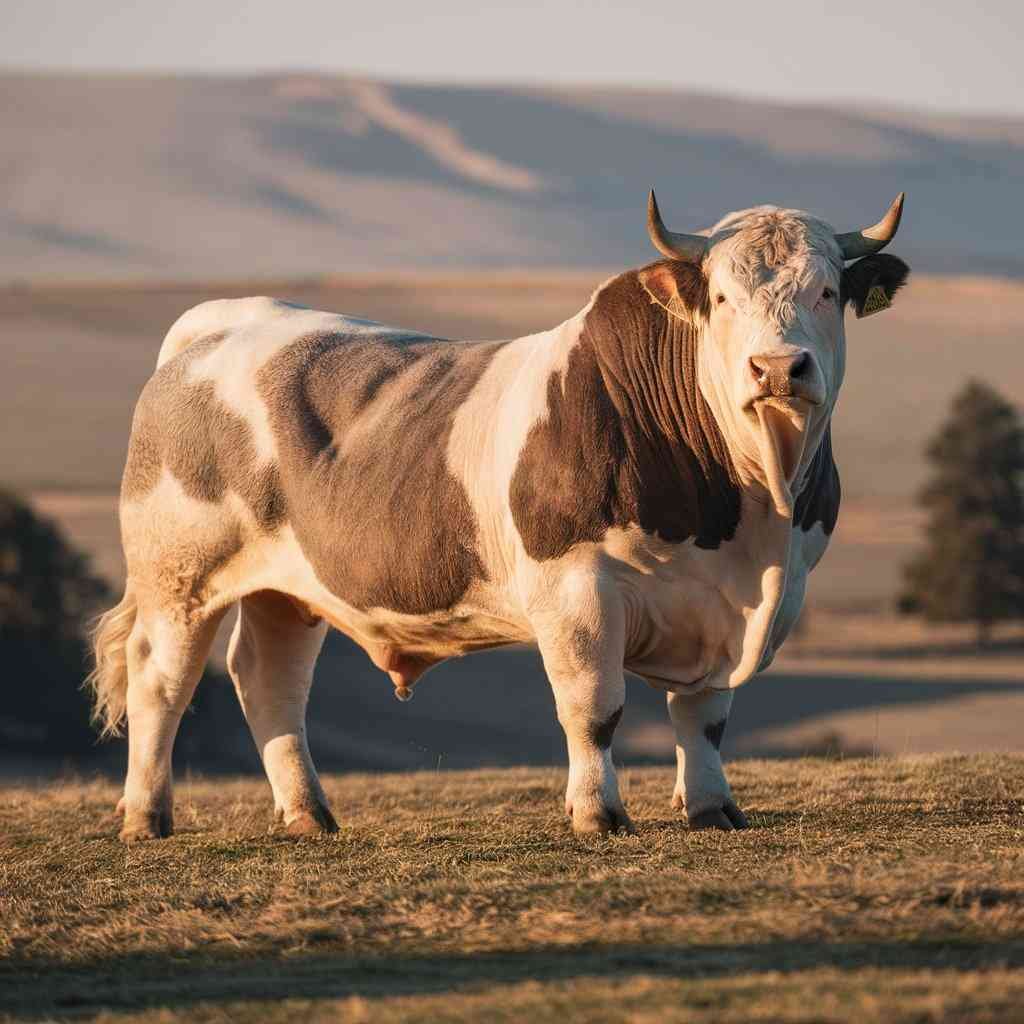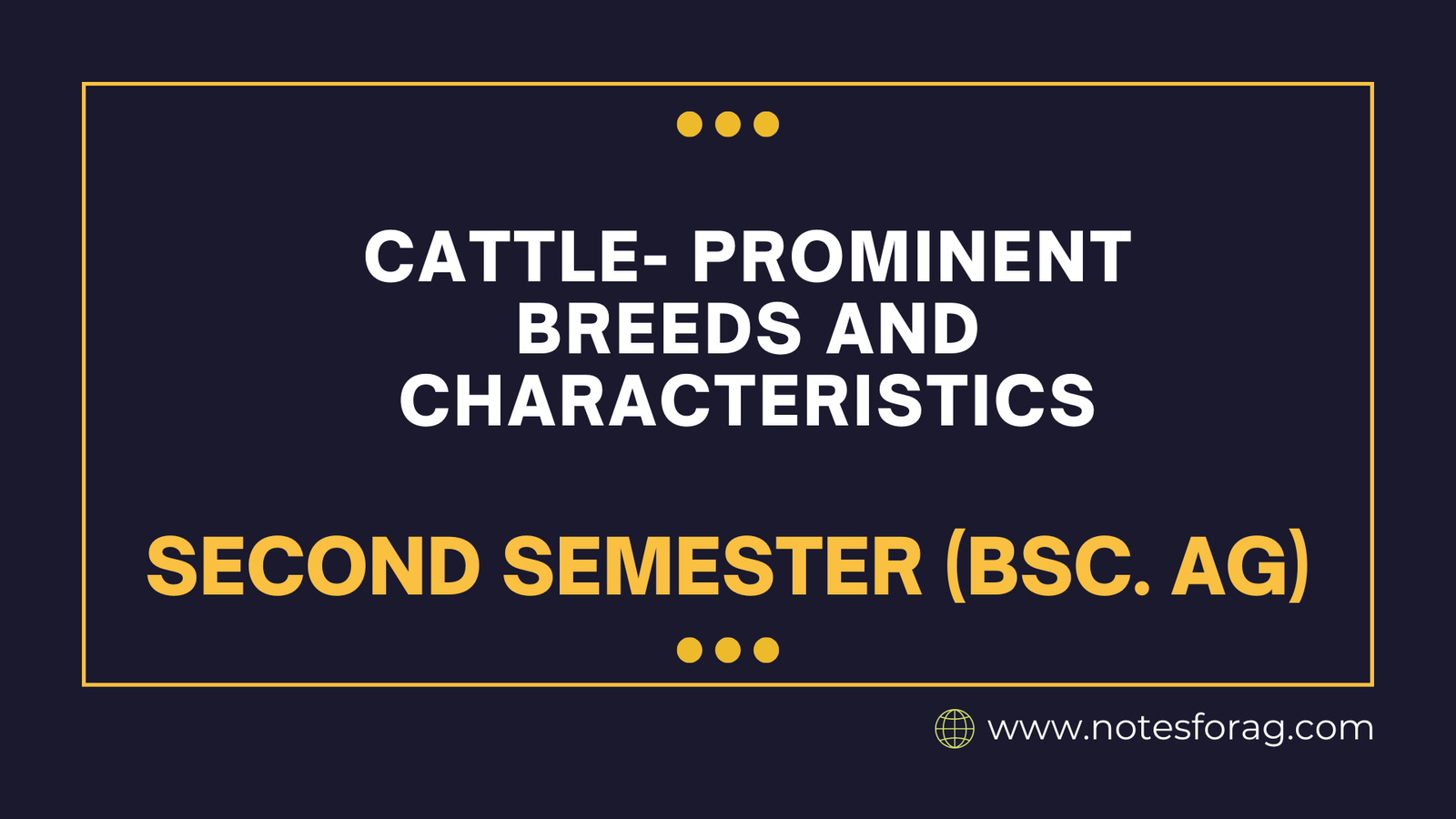Global agriculture relies heavily on cattle, and different breeds have different advantages when it comes to producing milk, meat (beef), and draught work. Well-known dairy breeds with rich butterfat contents and excellent milk production are the Jersey and Holstein-Friesian. Hereford and Angus beef breeds are highly valued for their versatile nature and high quality meat. Hardy varieties like Brahman thrive in heat tolerance and disease resistance, while dual-purpose breeds like Simmental supply both milk and meat. Due to the unique qualities of each breed, they are great assets in a variety of global farming systems.
Table of Contents
Introduction to Cattle Breeds
Domesticated bovines bred for milk, meat, and draft work are known as cattle, and they are categorised into many breeds, each with unique traits. Renowned dairy breeds with high butterfat content and productivity include Holstein-Friesian and Jersey. Hereford and Angus beef breeds are renowned for their exceptional meat quality and versatility. Hardy species like Brahman are coveted for their ability to withstand heat and disease, while dual-purpose breeds like Simmental produce both milk and meat. Because of their distinctive qualities, breeds are vital for a variety of global agricultural requirements.
Prominent Breeds and Characteristics
Different breeds of cattle are known for their specific characteristics and benefits. Here are some of the most prominent breeds and their key features:
1. Holstein-Friesian

- Origin: Netherlands
- Appearance: Black and white (or red and white) markings, large body size.
- Characteristics: Known for high milk production with lower butterfat content. They are the most common dairy breed in many countries.
- Milk Yield: 7,500 to 10,000 liters per lactation.
- Butterfat Content: 3.5-4%
2. Jersey
- Origin: Jersey (Channel Islands)
- Appearance: Light brown with a dished face and white markings.
- Characteristics: Known for high butterfat content in milk, smaller body size, and efficient feed conversion.
- Milk Yield: 4,000 to 6,000 liters per lactation.
- Butterfat Content: 5-6%
3. Guernsey

- Origin: Guernsey (Channel Islands)
- Appearance: Red or fawn with white markings.
- Characteristics: Known for rich, golden-colored milk with high butterfat content. They are gentle and have good grazing ability.
- Milk Yield: 4,500 to 5,500 liters per lactation.
- Butterfat Content: 4.5-5%
4. Ayrshire
- Origin: Scotland
- Appearance: Red and white or brown and white, medium-sized.
- Characteristics: Known for moderate milk production and adaptability to various climates and pasture conditions.
- Milk Yield: 5,000 to 7,000 liters per lactation.
- Butterfat Content: 4-4.5%
5. Brown Swiss

- Origin: Switzerland
- Appearance: Solid brown with a large, strong body.
- Characteristics: Known for high milk production, longevity, and strong resistance to diseases. They produce milk with good protein-to-fat ratio.
- Milk Yield: 6,000 to 8,000 liters per lactation.
- Butterfat Content: 4-4.5%
6. Hereford
- Origin: England
- Appearance: Red with white face and underline, medium to large body.
- Characteristics: Known for excellent meat quality and good temperament. They are hardy and adapt well to various environments.
- Purpose: Beef production.
7. Angus
- Origin: Scotland
- Appearance: Solid black or red, naturally polled (without horns).
- Characteristics: Known for high-quality beef with good marbling, easy calving, and strong maternal instincts.
- Purpose: Beef production.
8. Charolais

- Origin: France
- Appearance: White or cream-colored, large and muscular body.
- Characteristics: Known for rapid growth, high feed efficiency, and excellent meat quality. They are often used in crossbreeding programs.
- Purpose: Beef production.
9. Simmental
- Origin: Switzerland
- Appearance: Red and white, gold and white, or solid red or black, large body.
- Characteristics: Known for both milk and meat production. They are adaptable, with good growth rates and strong mothering abilities.
- Milk Yield: 4,000 to 6,000 liters per lactation (in dual-purpose strains).
- Purpose: Dual-purpose (milk and beef).
10. Brahman
- Origin: India
- Appearance: Light grey or red, with a distinctive hump over the shoulders and loose skin.
- Characteristics: Known for heat tolerance, disease resistance, and strong maternal instincts. They are often used in crossbreeding to improve hardiness.
- Purpose: Beef production and draught work.
These breeds demonstrate a range of valuable traits that cater to different agricultural needs, from high milk production to superior meat quality and adaptability to diverse environmental conditions.
Frequently Asked Question(FAQ)
What are the main breeds of cattle known for high milk production?
The three main breeds that are well-known for producing large amounts of milk are Brown Swiss, Jersey, and Holstein-Friesian. While Jersey is well-known for her high butterfat content, Holstein-Friesian is particularly recognised for its high milk output.
Which cattle breeds are best suited for beef production?
Hereford, Angus, and Charolais are the breeds most suitable for producing beef. Hereford and Angus are recognised for their superior beef with noticeable marbling, whilst Charolais is valued for its quick growth and superior meat quality.
Related Articles

